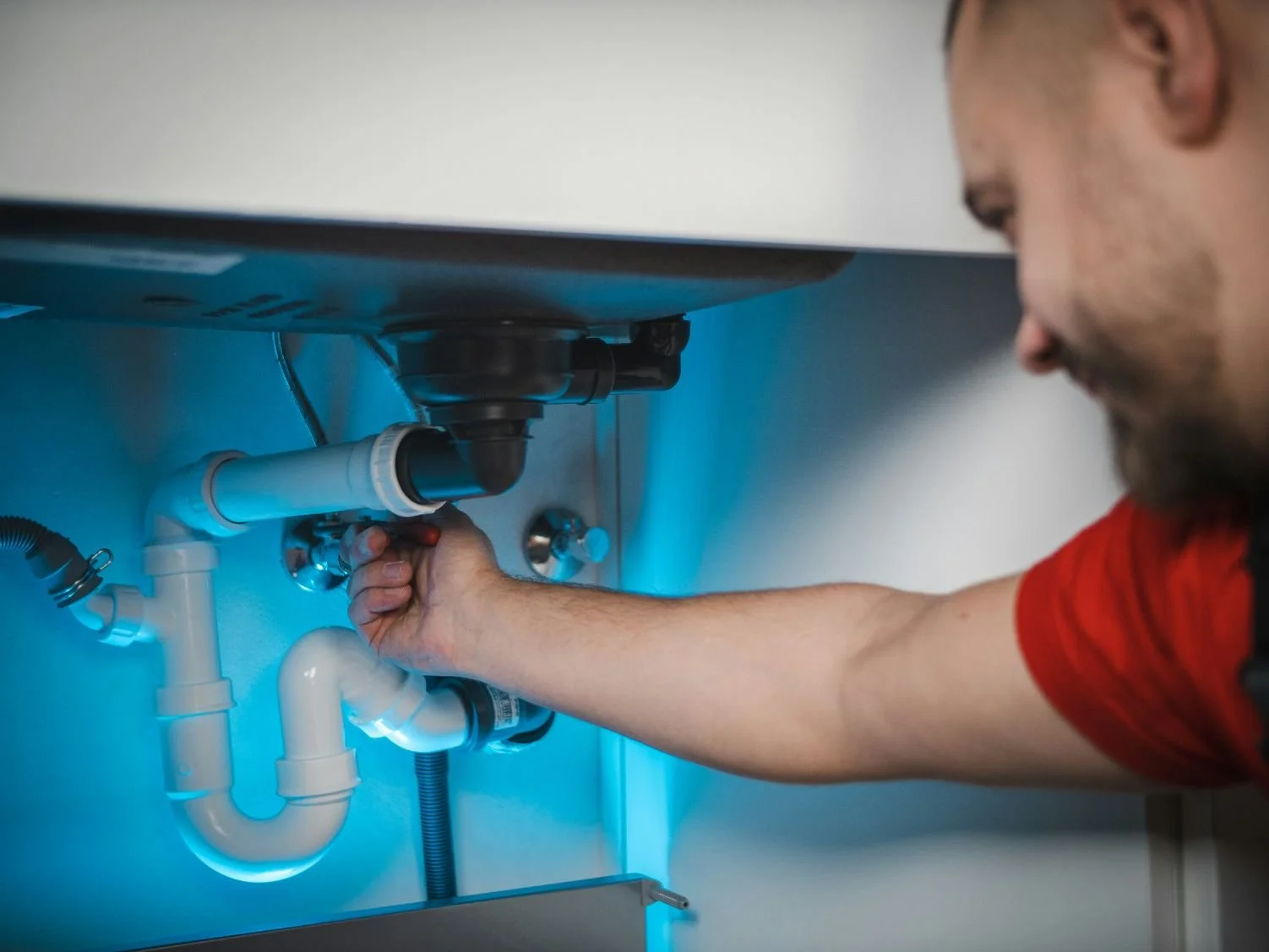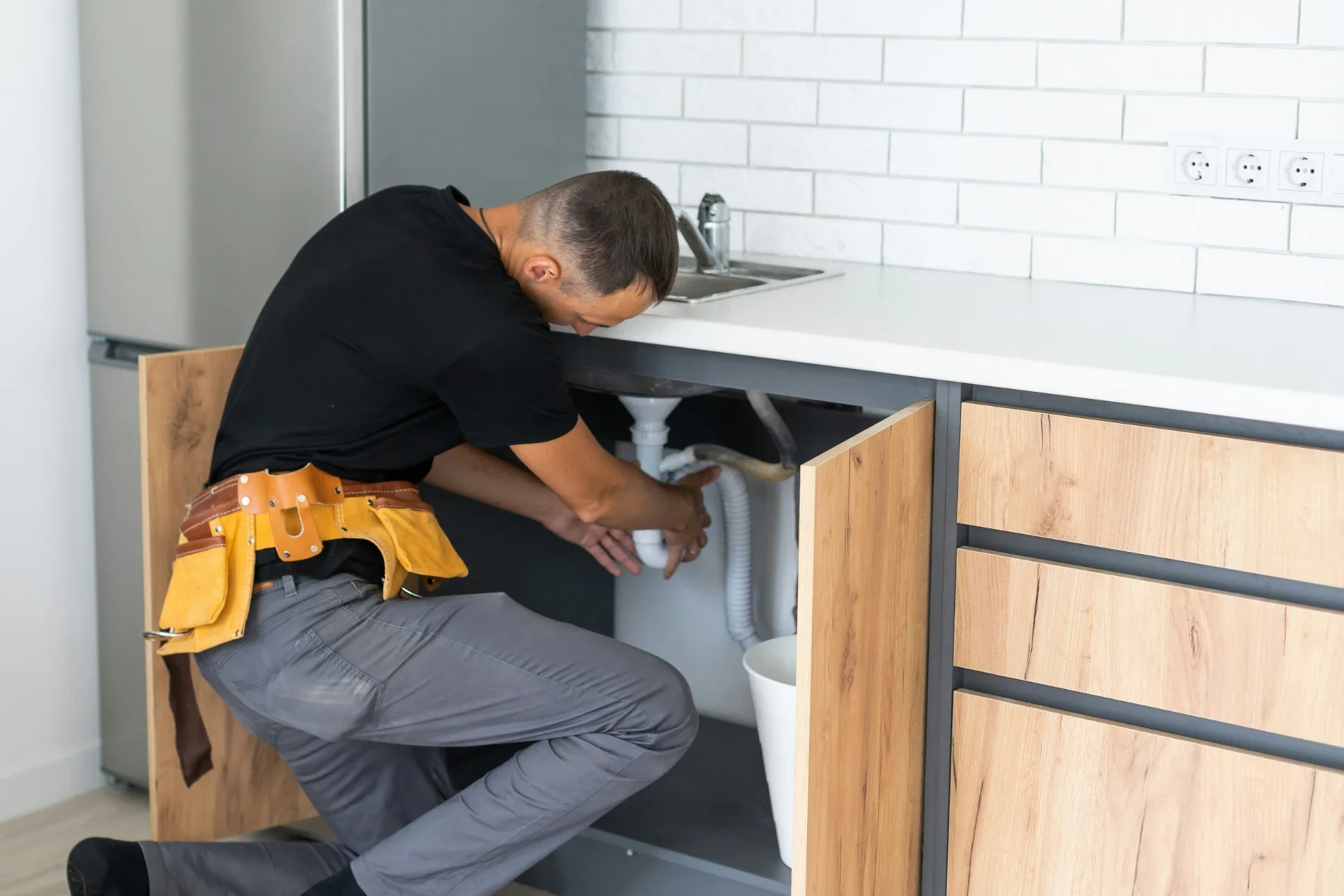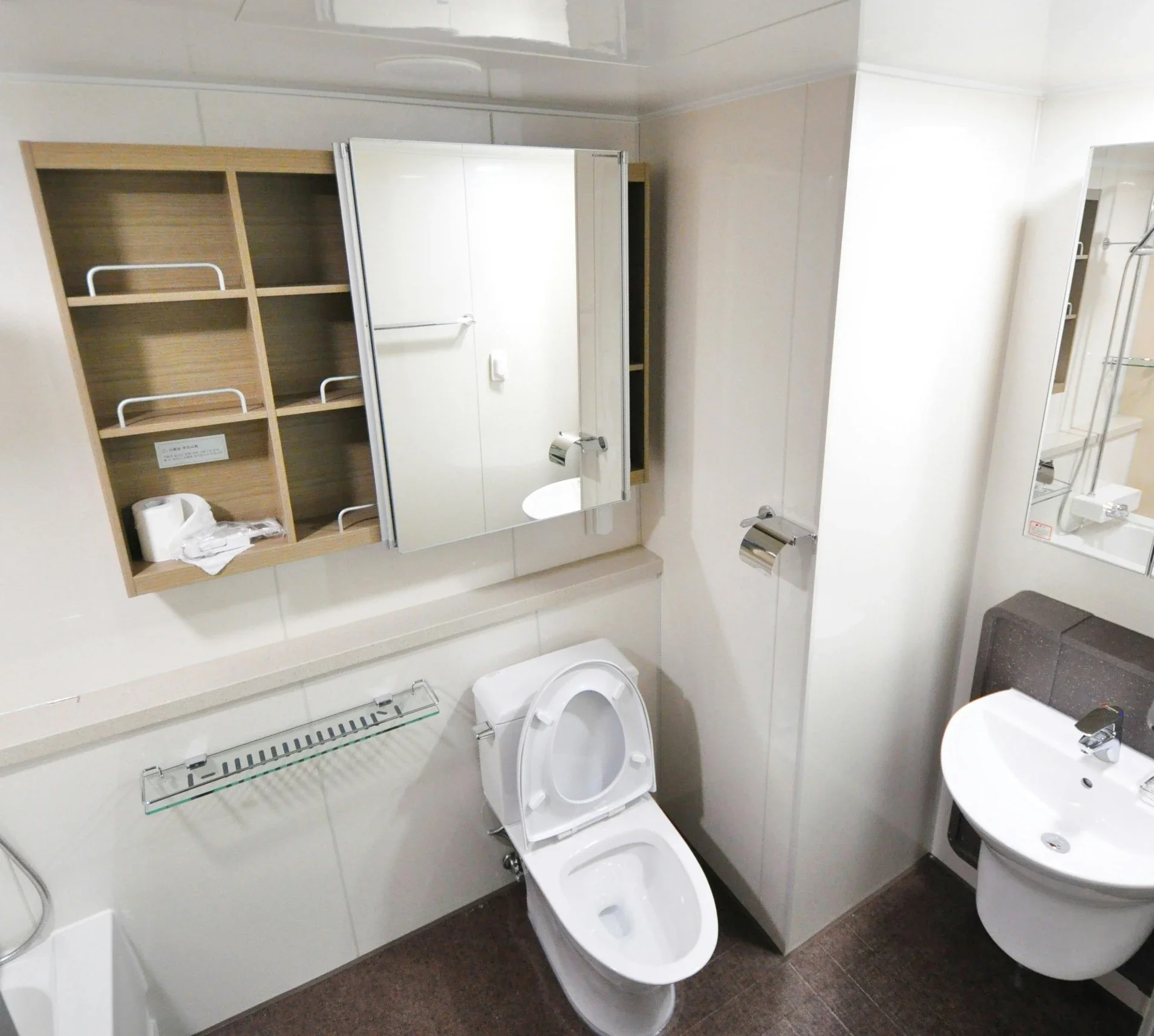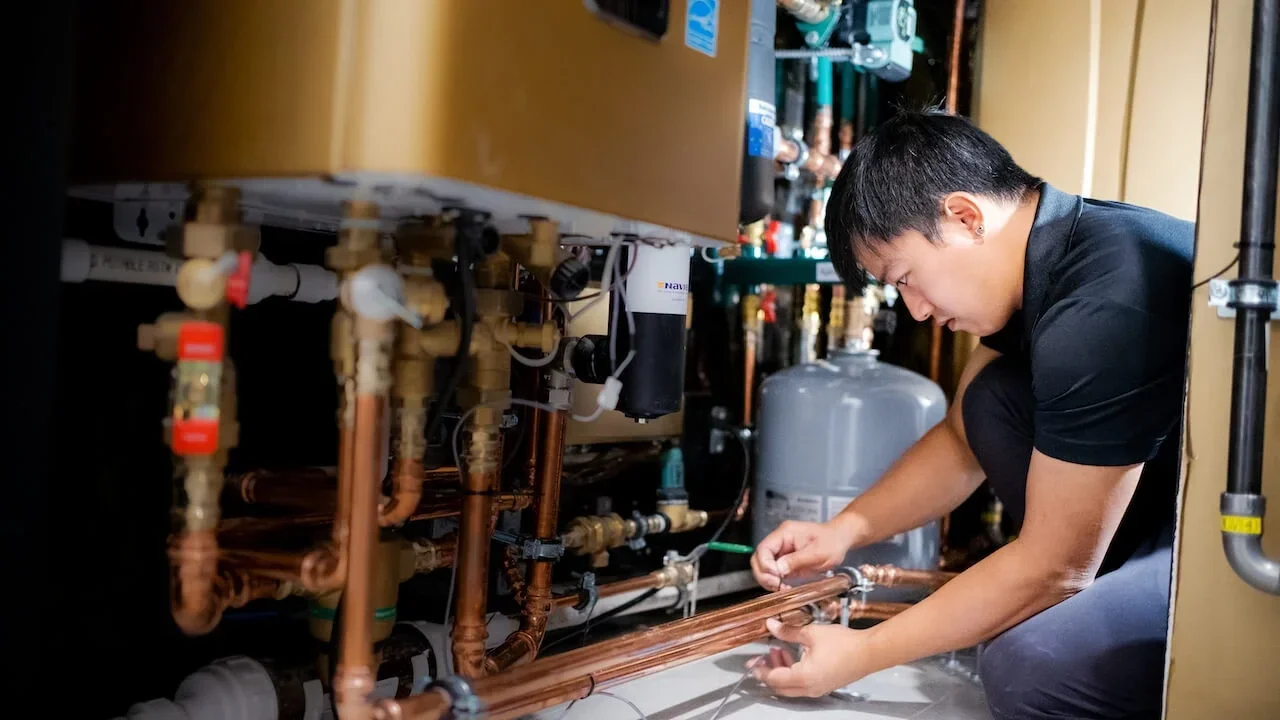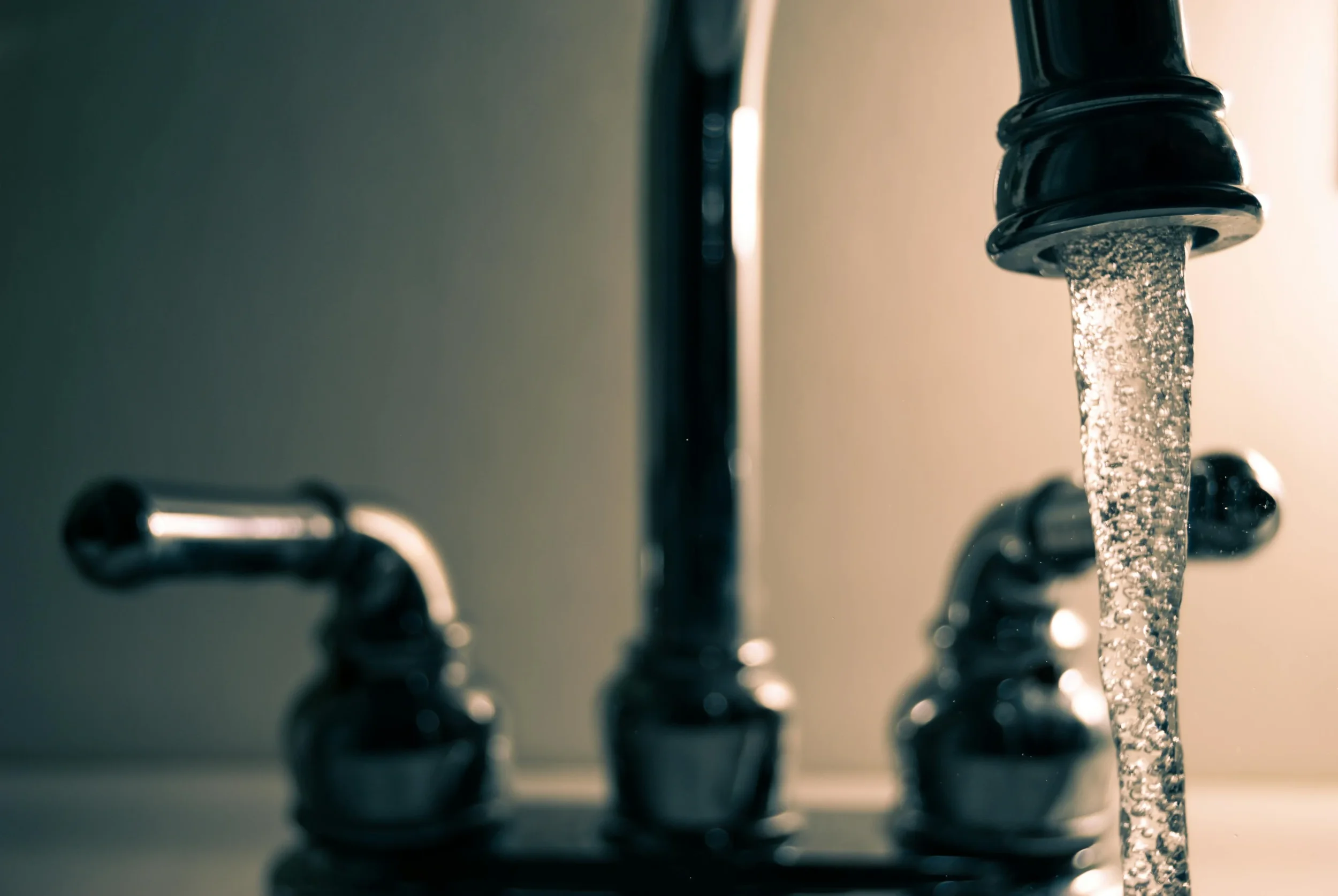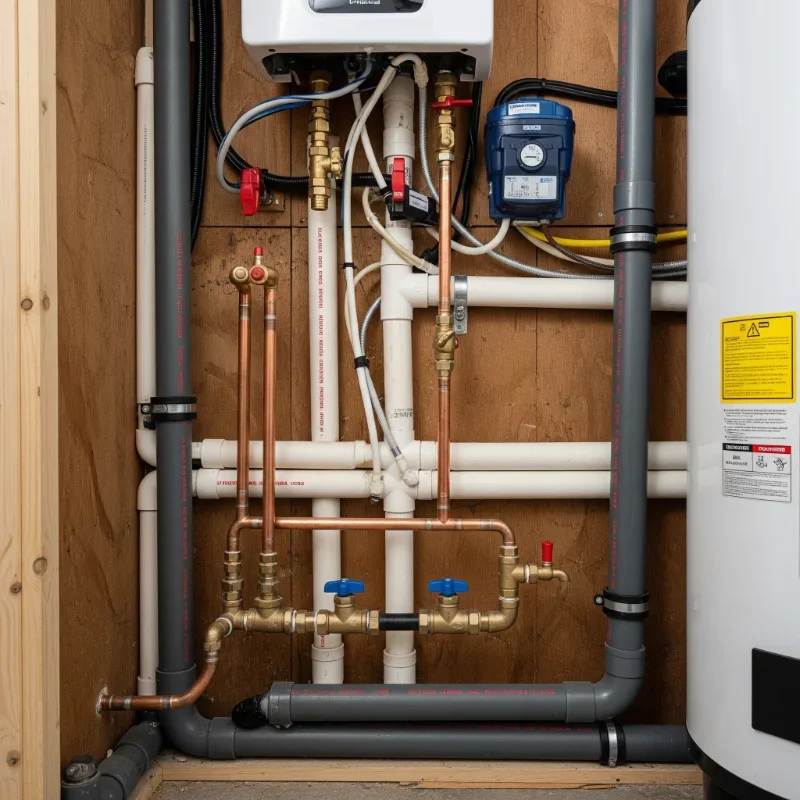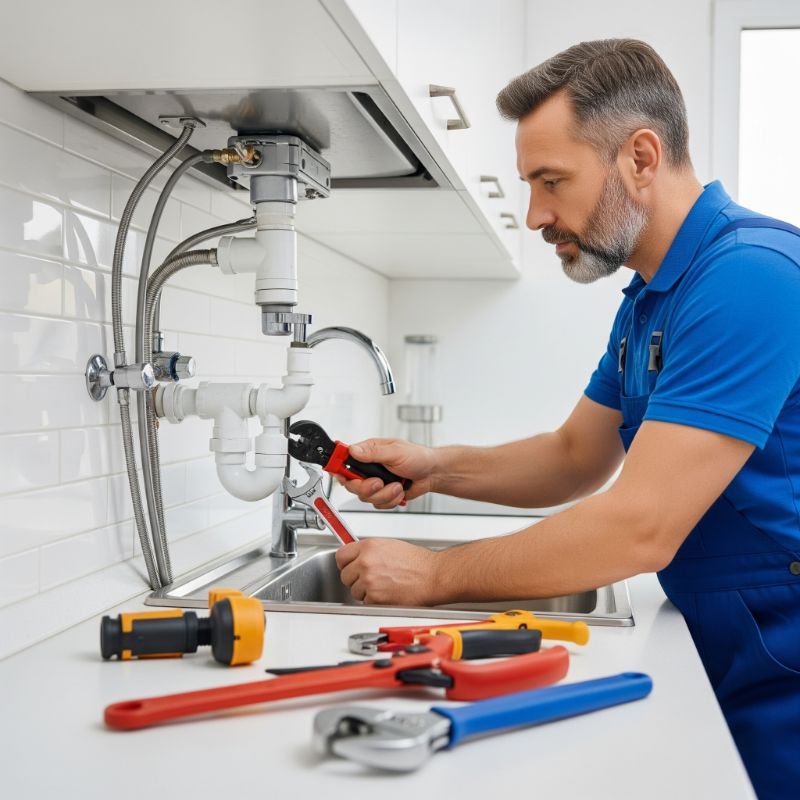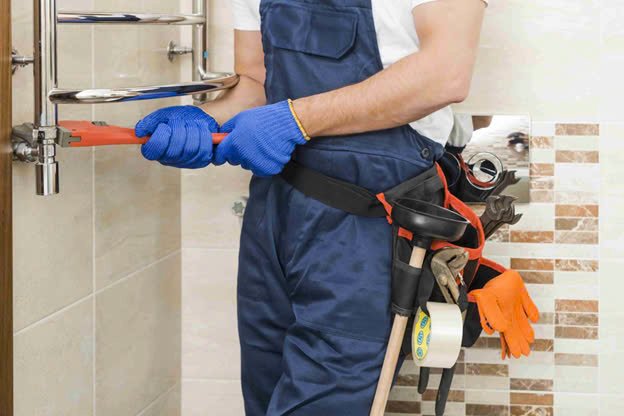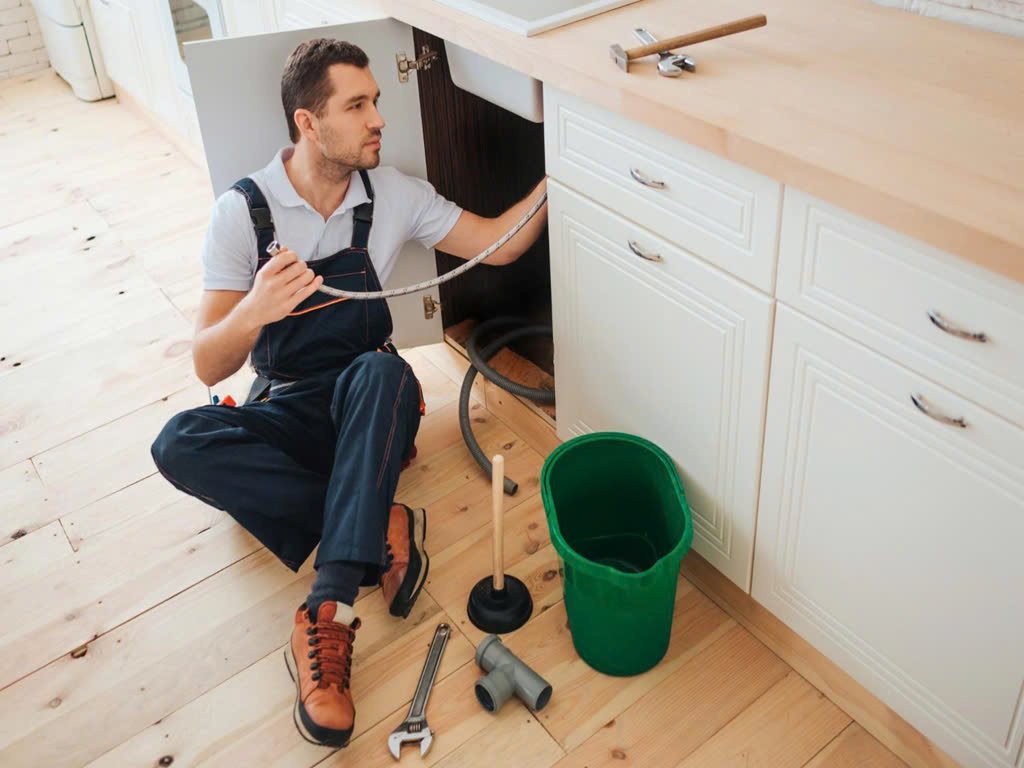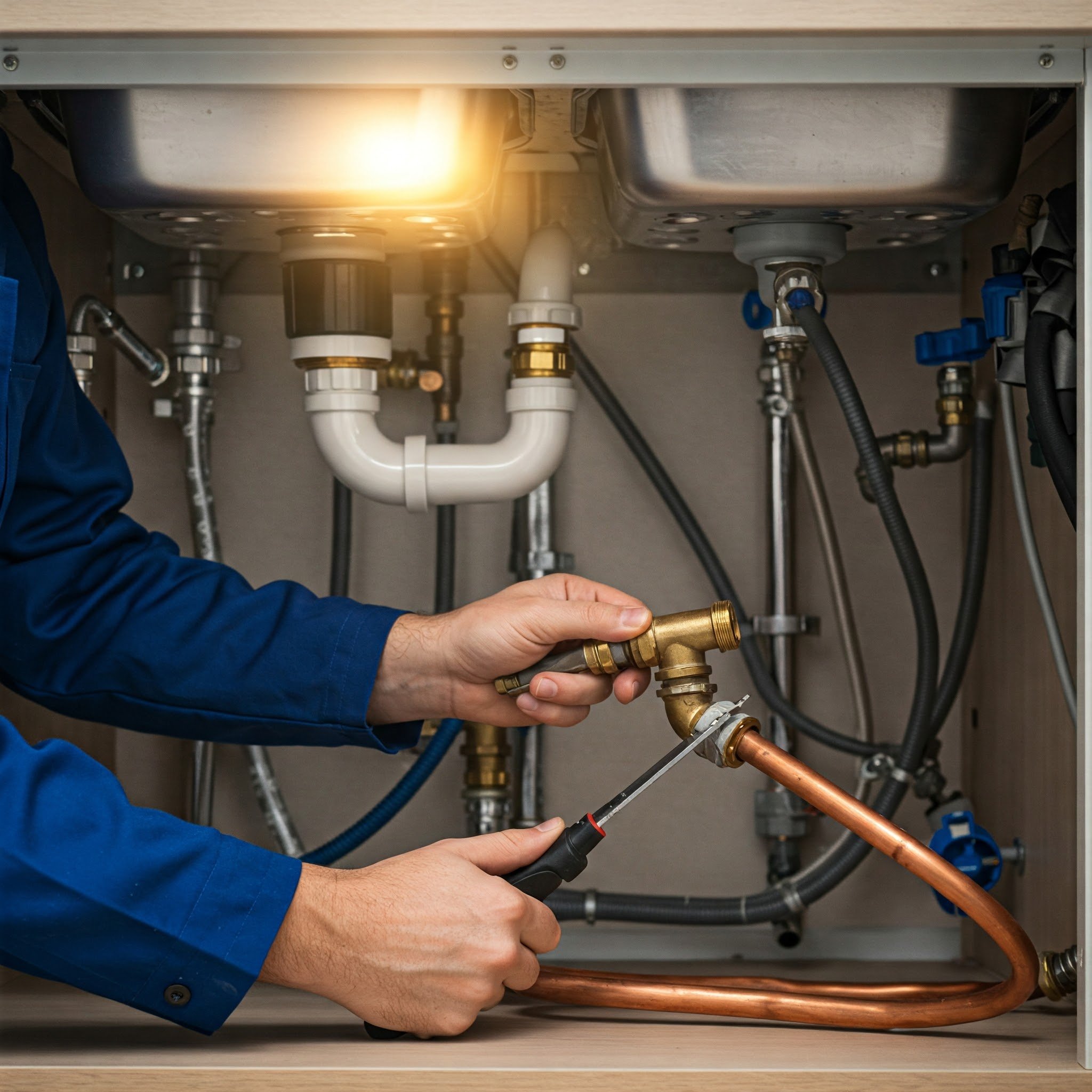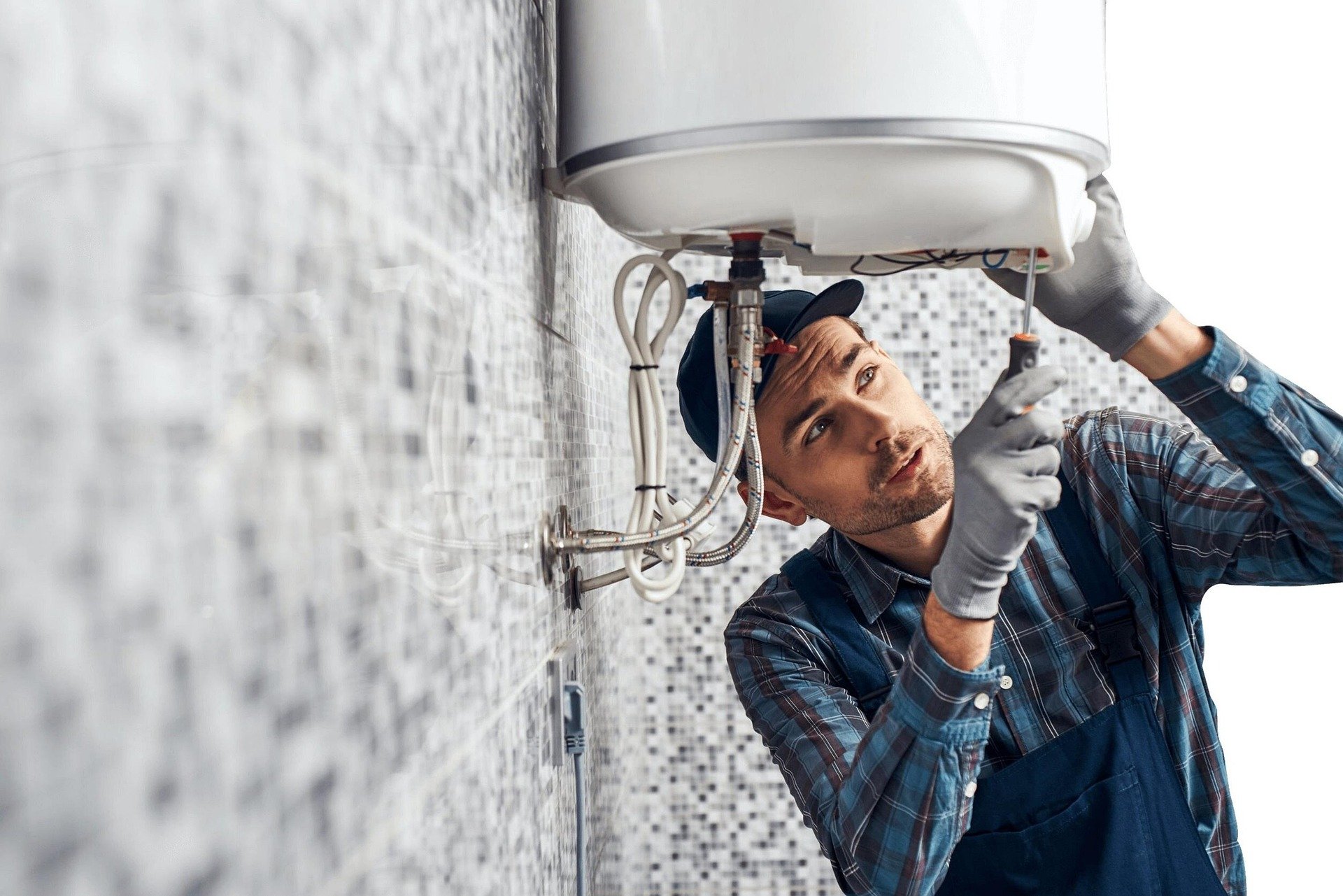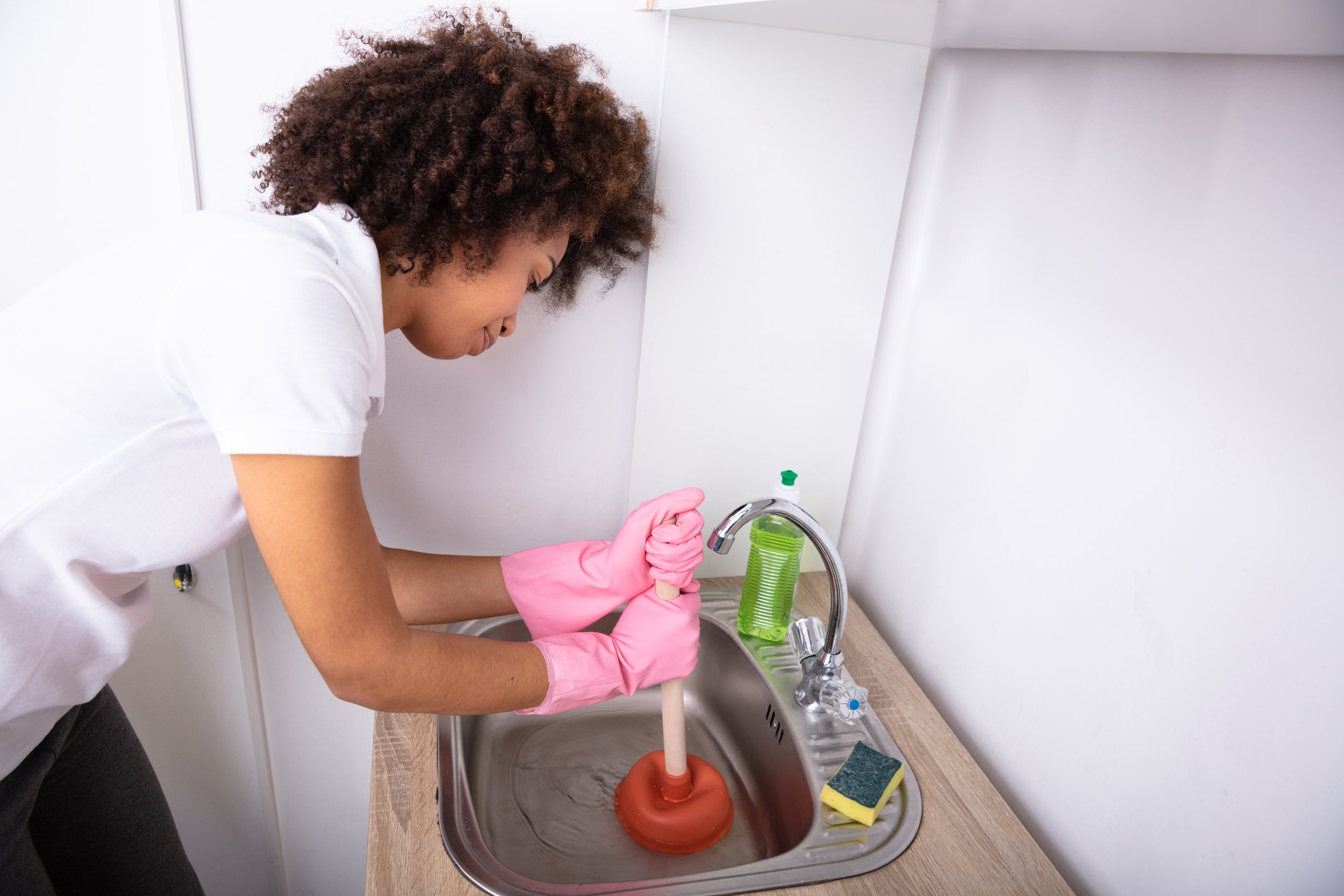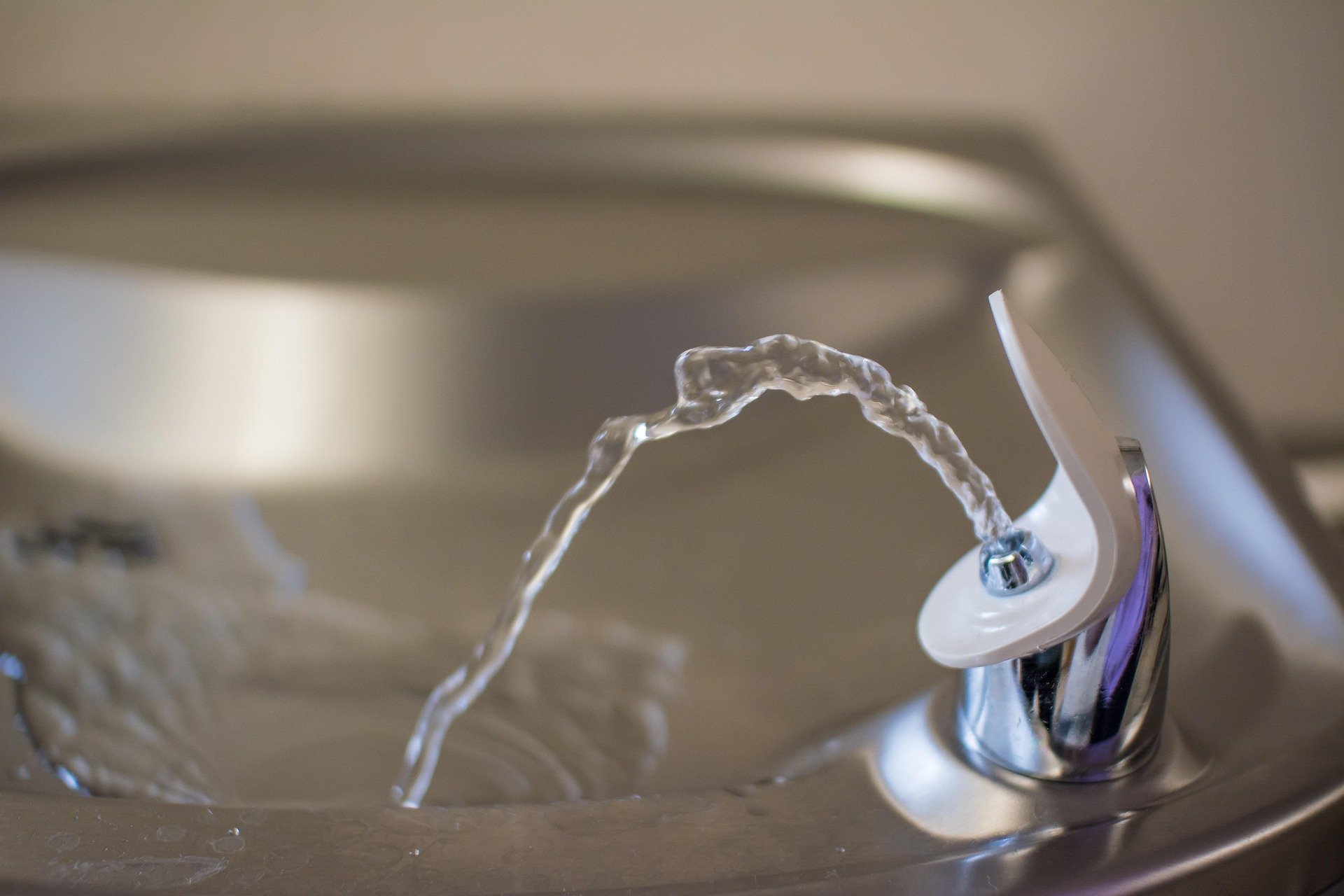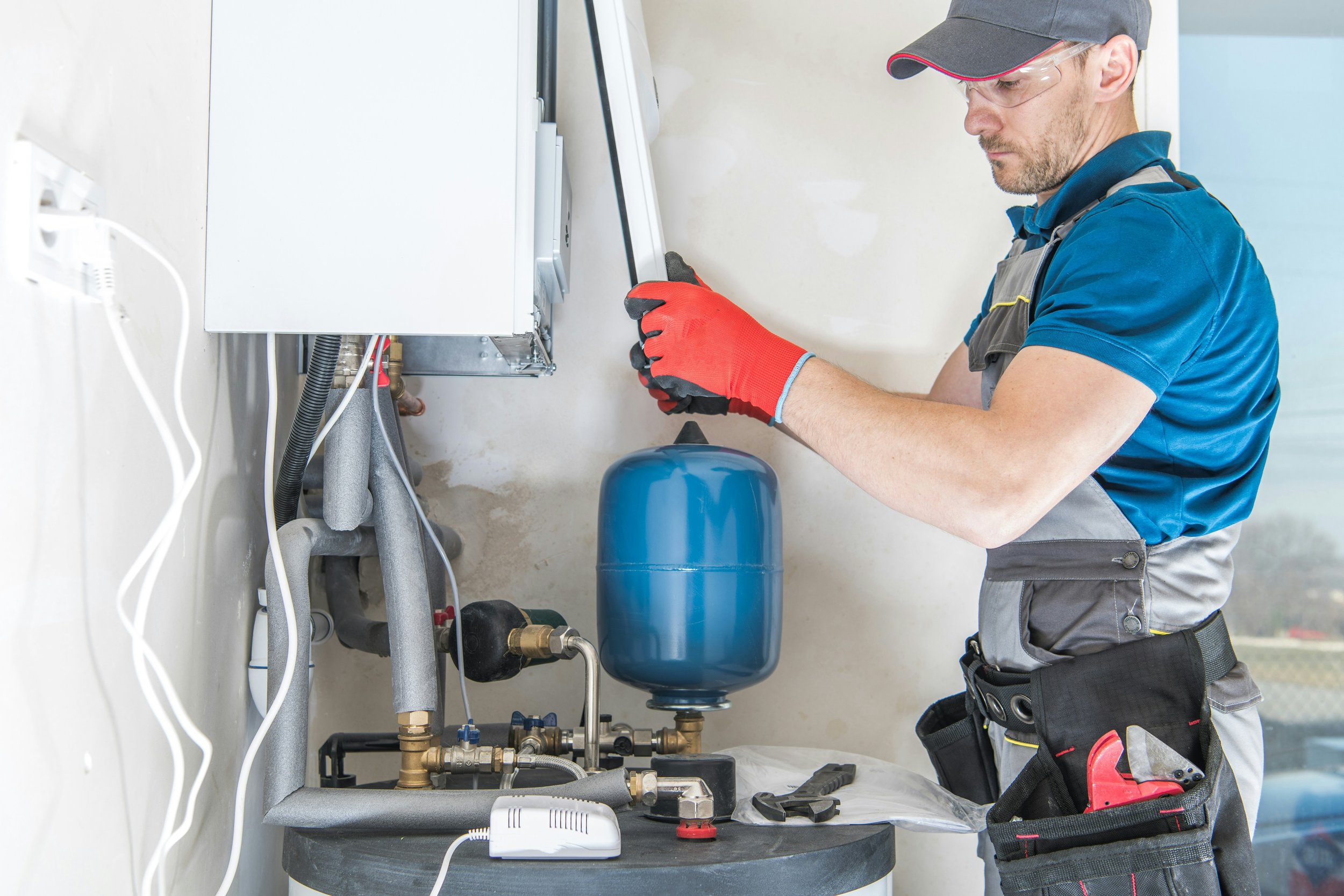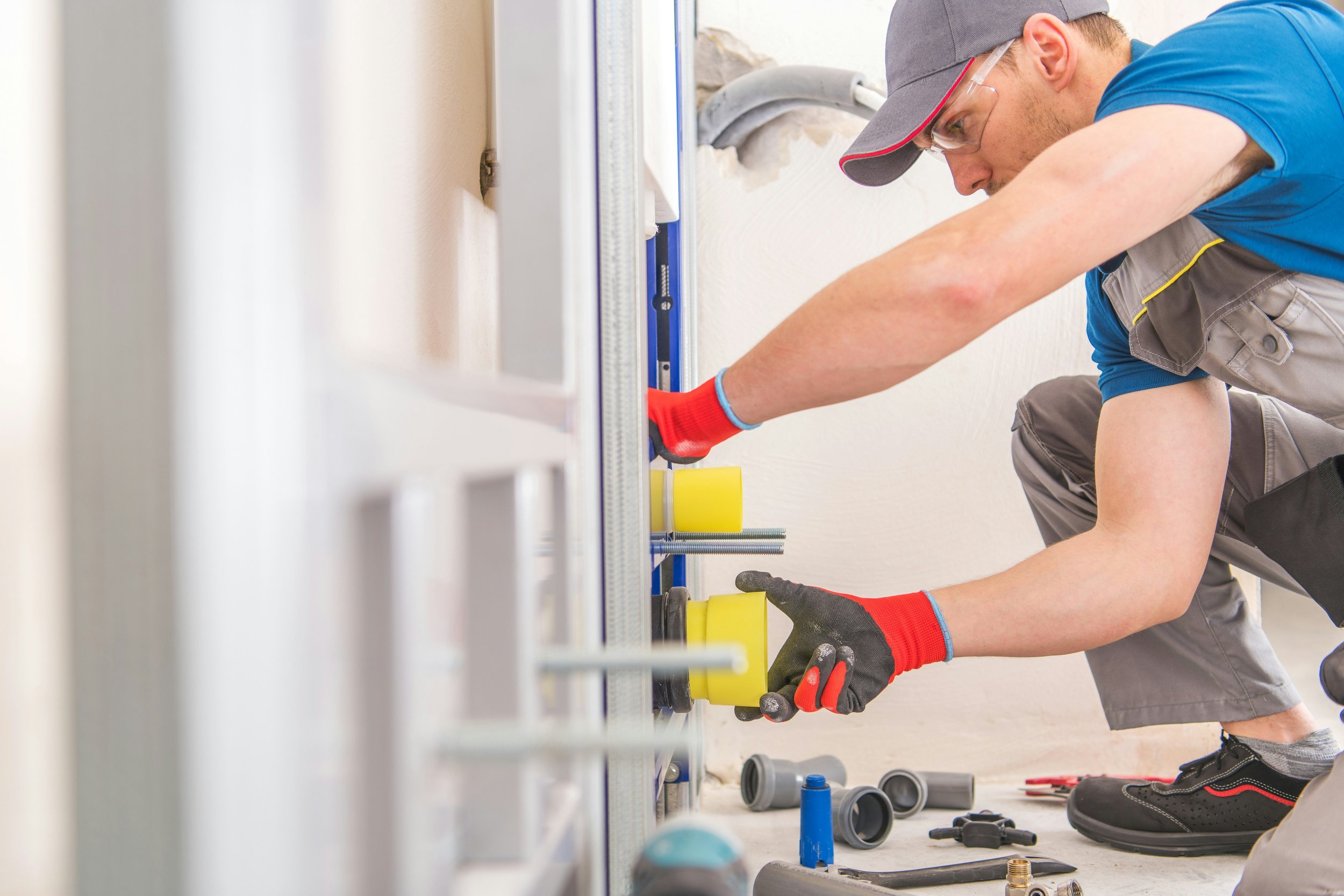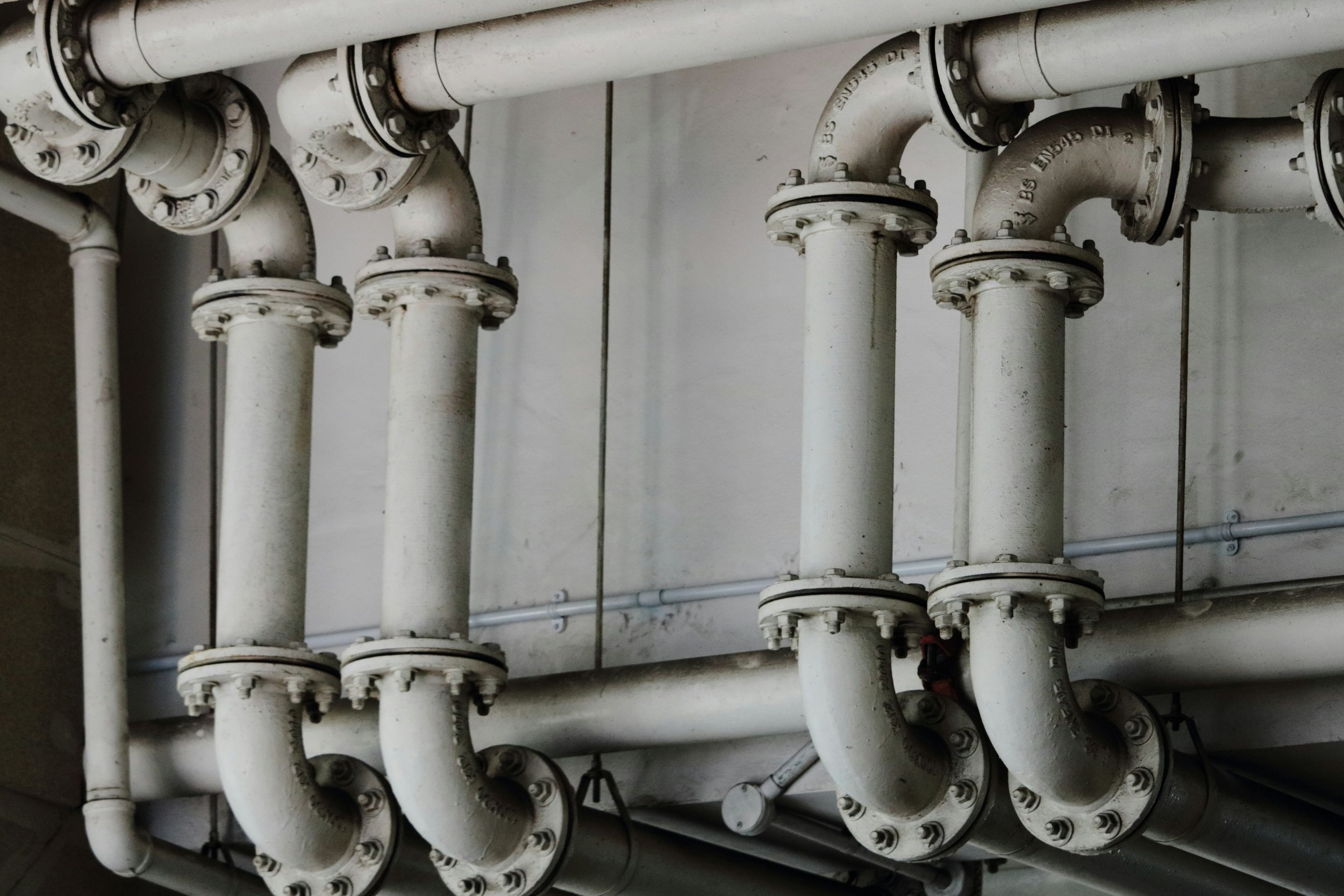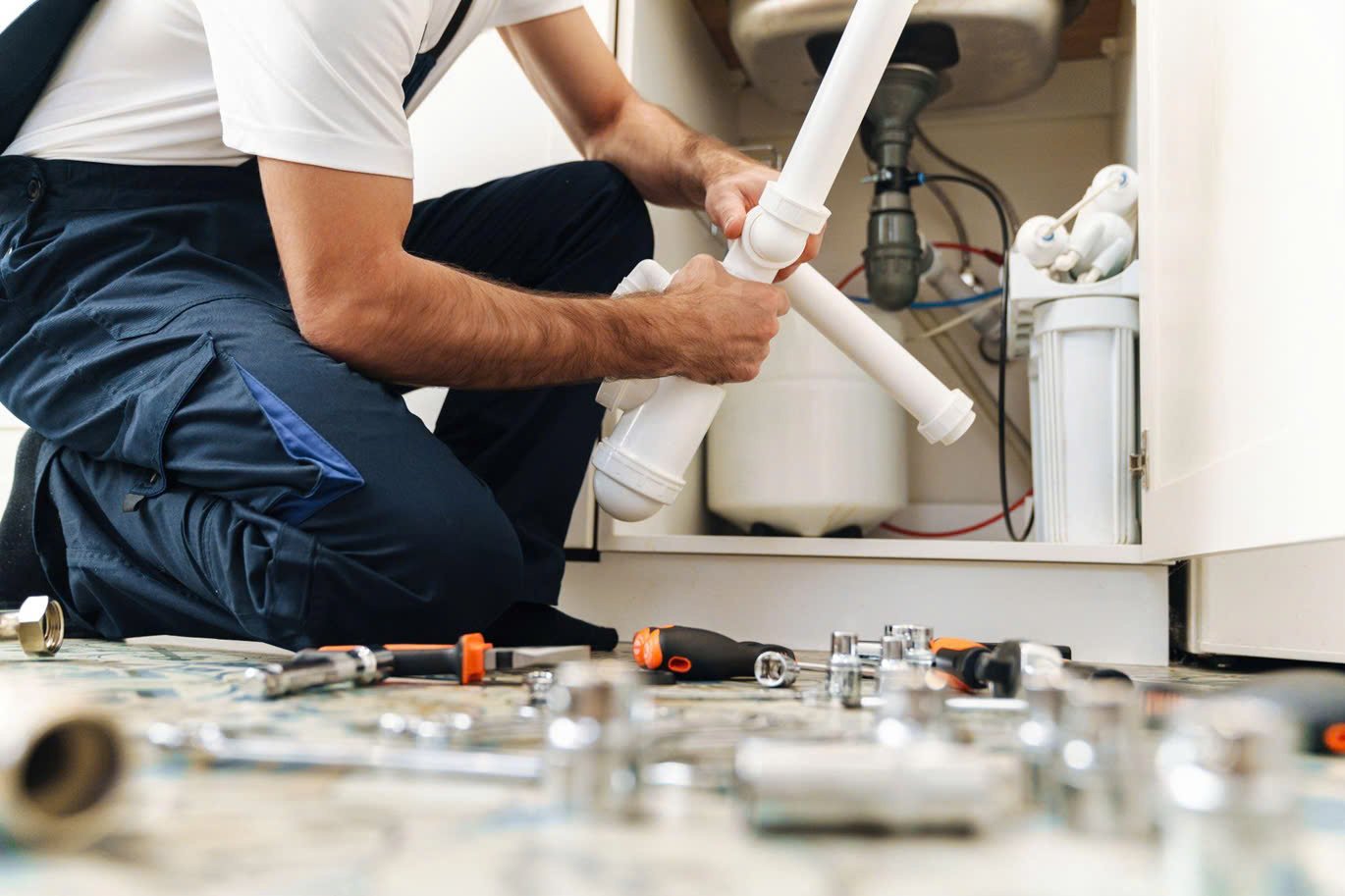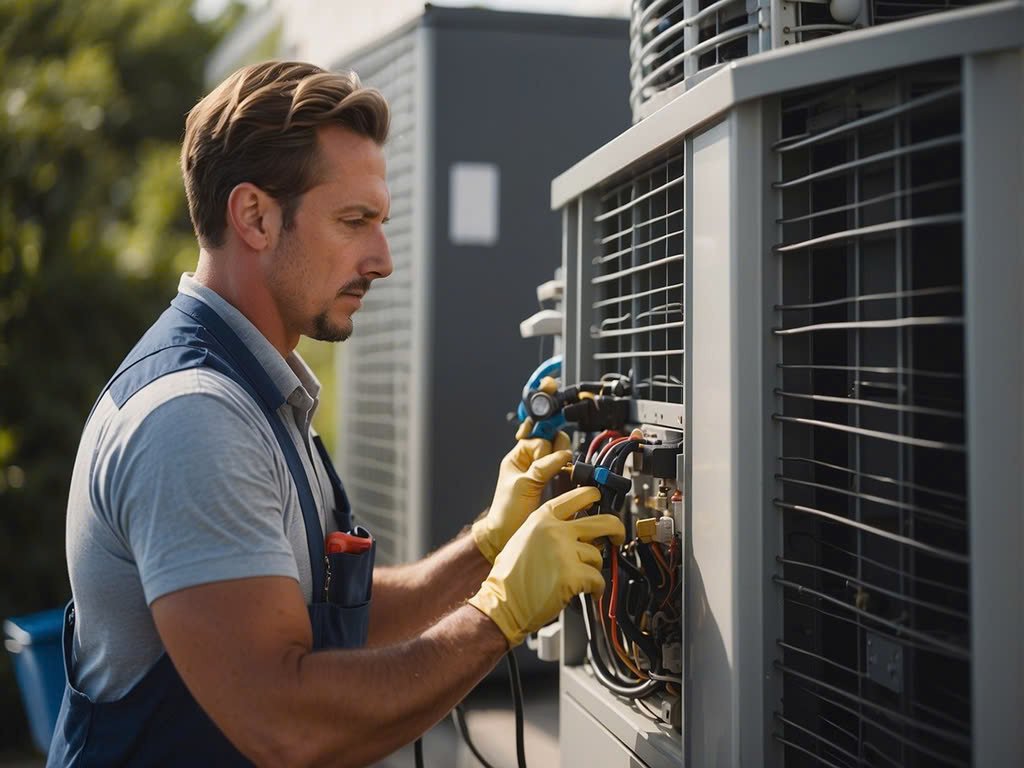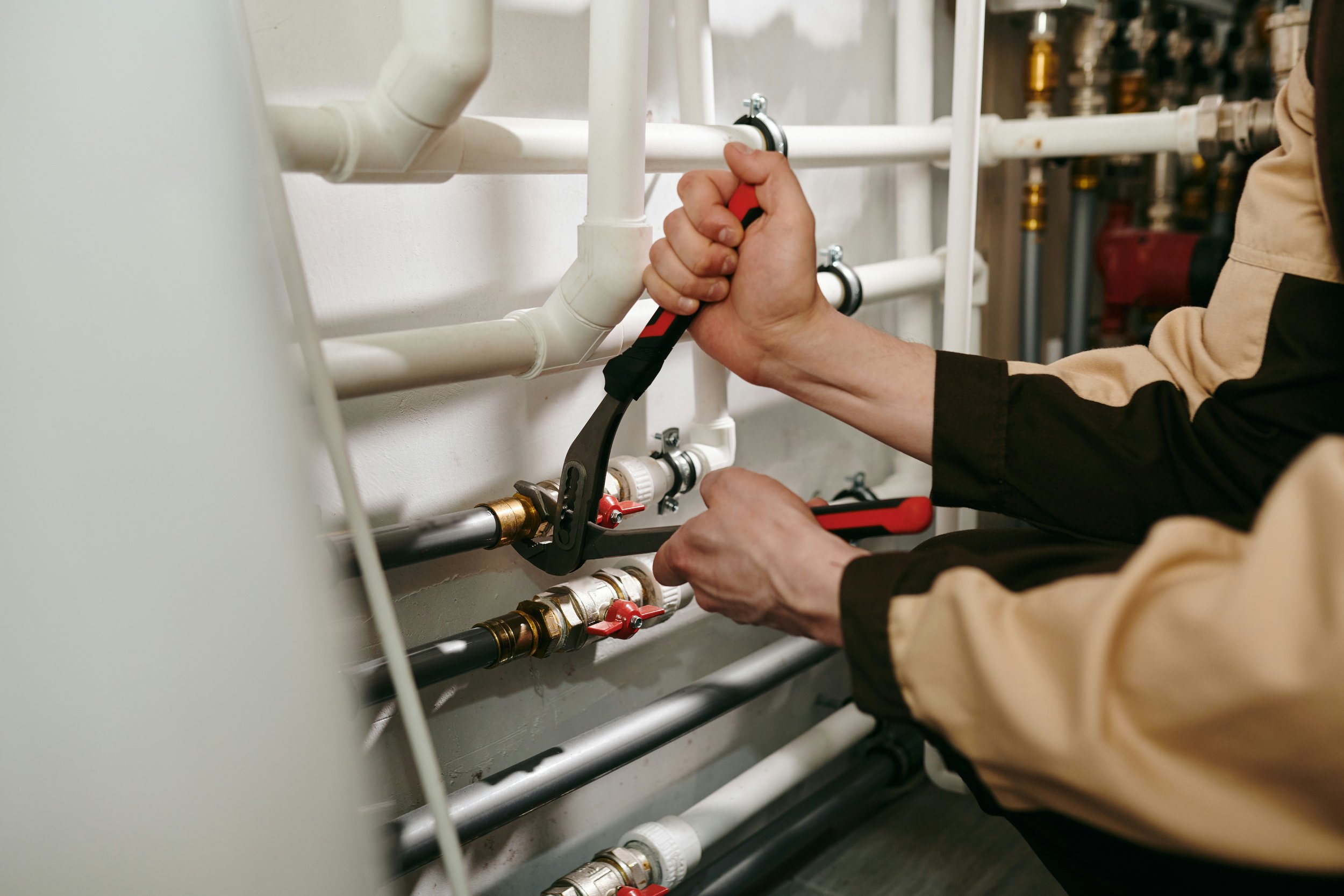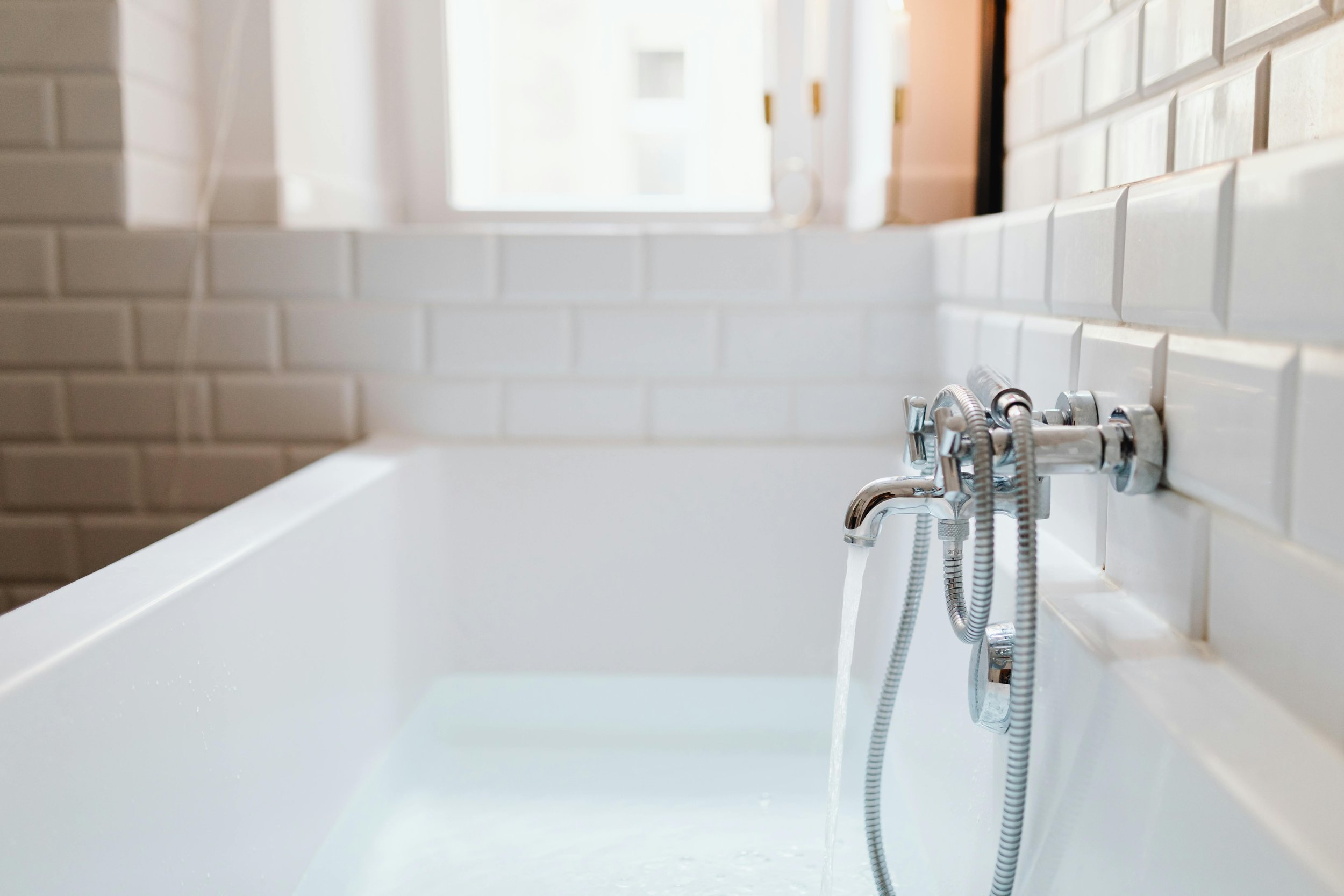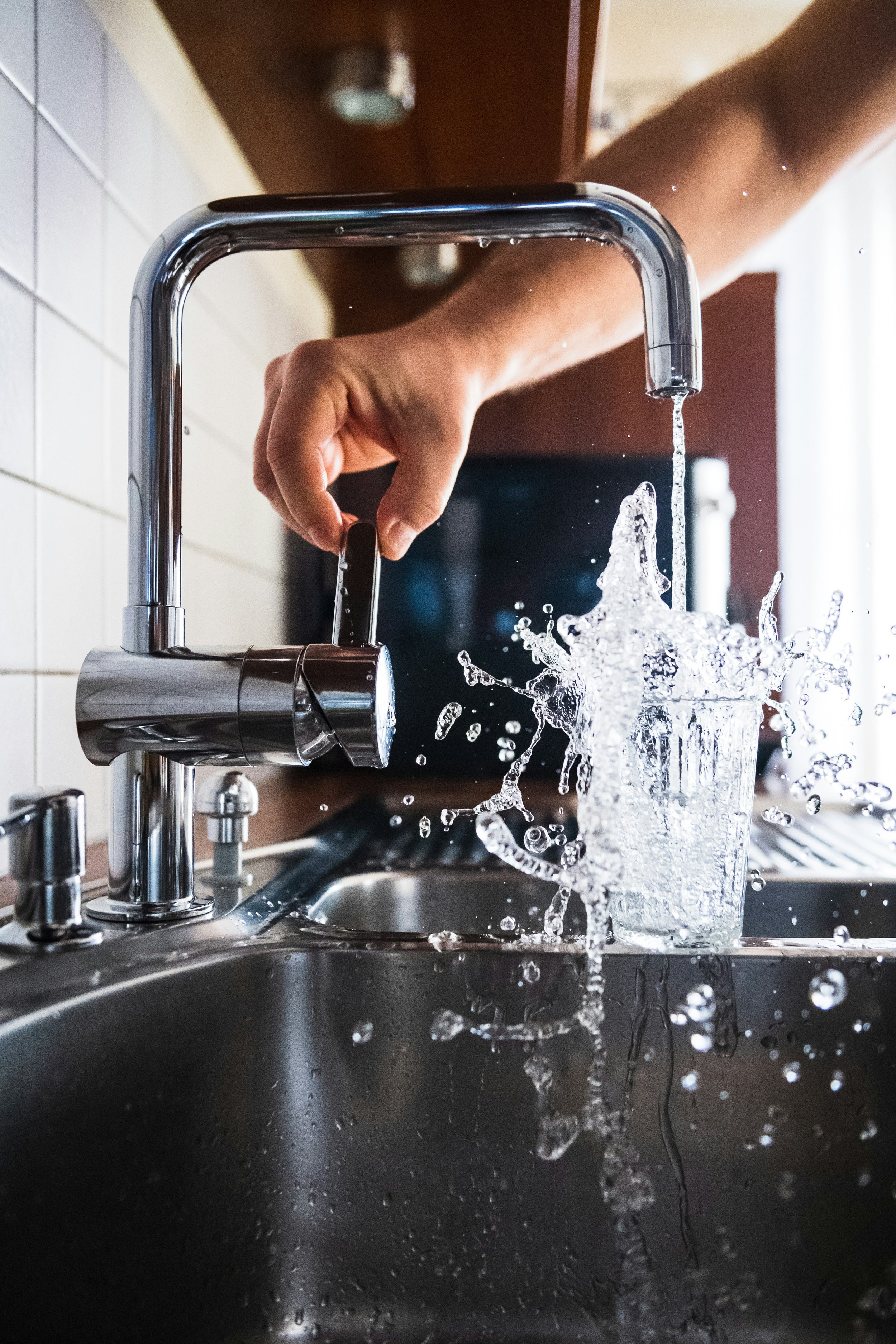7 Common Plumbing Mistakes Homeowners Still Make
Avoid costly repairs by learning the 7 most common plumbing mistakes homeowners still make—and how to prevent them with simple, smart solutions.
Even with an abundance of online tutorials and DIY confidence, plumbing remains one of the most commonly mishandled areas of home maintenance. From small miscalculations to costly oversights, many homeowners unknowingly jeopardize their plumbing systems—and their wallets—in pursuit of quick fixes.
Let’s explore the seven most common plumbing mistakes homeowners still make, why they matter, and what you should do instead.
1. Trying to Repair Polybutylene Pipes Instead of Replacing Them
Polybutylene pipes may have been the budget-friendly plumbing material of choice back in the '80s and '90s, but today they’re a ticking time bomb. Many homeowners spot a small leak or crack and patch it up, thinking it’s just routine maintenance. But here’s the truth: polybutylene isn’t meant to be fixed — it’s meant to be replaced.
This type of piping is known to deteriorate from the inside out, especially when exposed to chlorine in municipal water supplies. Even if a section looks fine, microscopic degradation could already be compromising the integrity of the whole system. By continuing to repair instead of replace, homeowners risk recurring leaks, water damage, mold growth, and even insurance headaches.
Worse yet? Trying to sell a home with polybutylene plumbing is a red flag for buyers and inspectors. Most real estate professionals will advise full replacement before listing, and many buyers won’t even consider a property that hasn’t been updated.
If your home still has polybutylene pipes, the smartest (and safest) move is a full upgrade to modern materials like PEX or copper. It’s an upfront investment that can protect your home’s value and prevent costly damage down the road.
2. Over-Tightening Pipe Connections
It may feel intuitive to crank down on every connection until it won’t budge, but over-tightening fittings is a mistake that can create long-term damage.
Excessive force can crack fittings—especially those made of brass or plastic. Even steel connections can warp under unnecessary pressure, creating micro-fractures that go unnoticed until they spring leaks. These leaks can remain hidden behind walls or under floors, quietly causing rot, mold, or structural damage over time.
Hand-tight, then a snug quarter-turn with a wrench, is often enough for most fittings. If in doubt, consult the manufacturer’s specifications or bring in a plumber who can ensure the work is sealed without stress.
3. Ignoring Small Leaks Until They Get Worse
A slow drip might seem like an annoyance, not a red flag—but ignoring even the smallest leak is one of the most expensive plumbing mistakes you can make.
Dripping faucets, running toilets, or slight pipe condensation can waste thousands of gallons of water per year and create ideal conditions for mold growth. Even worse, leaks can compromise wood framing and drywall long before you see visible signs. Once that happens, repair costs go far beyond plumbing and extend into full-room renovations.
The moment you notice a drip, don’t postpone. Identify the source, assess the cause, and either address it immediately or call in a professional. A fast fix today beats a costly disaster tomorrow.
4. Flushing The Wrong Items Down The Toilet
Toilets are built for human waste and toilet paper—nothing more. Yet many homeowners still use the toilet as a trash chute, setting themselves up for inevitable backups
Flushable wipes, paper towels, cotton swabs, feminine hygiene products, and even dental floss can accumulate in pipes, eventually causing clogs that require professional snaking or hydro-jetting. Despite being labeled as "flushable" many wipes do not disintegrate properly and can tangle with grease or roots in sewer lines.
A good rule of thumb: if it’s not human waste or toilet paper, it doesn’t belong in the toilet. Keep a small trash can in every bathroom to remove temptation, and educate family members about what not to flush.
5. Using The Wrong Type Of Drain Cleaner
When faced with a clog, the first instinct is often to reach for a bottle of drain cleaner—but not all cleaners are created equal, and some do more harm than good.
Chemical drain cleaners can damage older pipes (especially PVC or galvanized steel) with repeated use. The harsh formulas can also kill beneficial bacteria in septic systems, corrode seals, and emit toxic fumes. Worse, if the clog is deep or severe, the cleaner might pool inside the pipe, accelerating corrosion from the inside out.
A safer alternative is a mechanical drain snake or plunger. If that fails, try an enzyme-based cleaner or call a licensed plumber. The solution you choose today can determine whether your pipes survive another decade or need replacement next year.
6. Forgetting To Shut Off The Water Supply Before Repairs
In the rush to fix a leaking valve or swap out a faucet, many homeowners forget the most basic step: shutting off the water supply.
Failing to do this can cause sudden flooding, water damage, and personal injury. Even a short burst from an open pipe can soak cabinets, floors, and electrical outlets within seconds. This mistake is especially common during kitchen or bathroom remodels, when changes are made without locating shut-off valves.
Before beginning any plumbing work, always shut off the main water supply or the specific fixture valve. Test by turning on the faucet to confirm there’s no water pressure, and keep towels or a bucket nearby just in case.
7. Improper Slope On Drain Pipes
Good drainage depends on gravity. When homeowners install or alter drain lines without accounting for proper slope, waste water can back up instead of flowing out.
Drain pipes should have a consistent slope of roughly 1/4 inch per foot. Too little slope, and water stagnates, allowing debris to settle and create clogs. Too much slope, and water outruns solid waste, leaving it behind to build up and block the pipe. Either scenario can lead to foul odors, frequent backups, and expensive excavation if the mistake is buried under flooring or concrete.
Wrapping Up
Plumbing isn’t just about pipes—it’s about pressure, balance, and long-term durability. Every shortcut or overlooked detail risks compounding into a much larger problem. Whether you’re dealing with a dripping faucet or planning a full kitchen remodel, take the time to understand your system—or better yet, search local plumber near me and bring in someone who already does.
